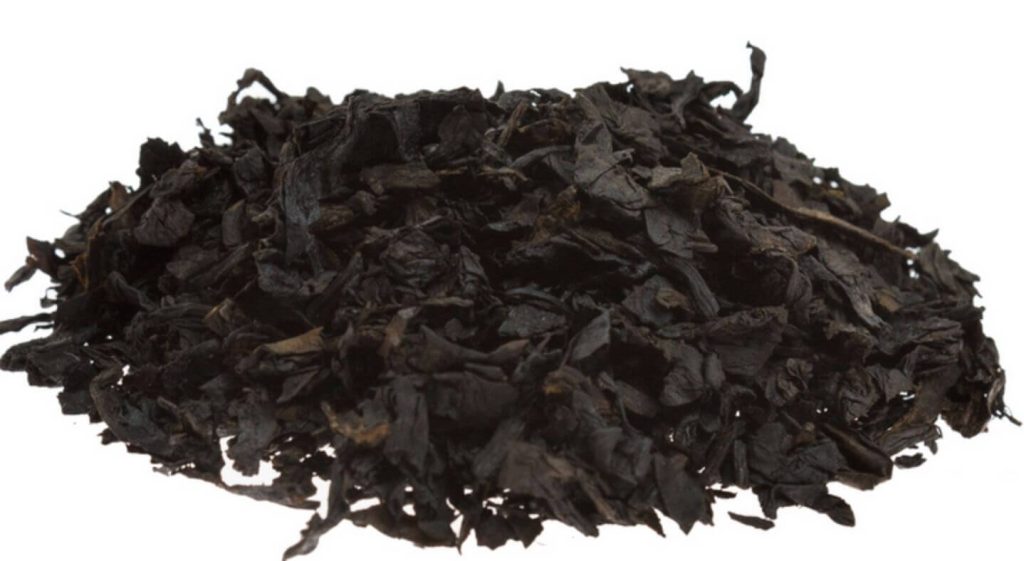
Cavendish tobacco – a name that reverberates across time, echoing a unique tradition that has been carried forward for centuries. This isn’t just any tobacco; it is an experience, a journey that transports you through stages of transformation from raw leaf to a smoke filled with intricate layers of flavor. How does this transformation happen?
Technical sources:
To gather technical information about Cavendish tobacco, we turn to authoritative sources in the field of tobacco processing and tobacco history. These sources provide valuable insights into the intricate techniques and processes involved in the creation of Cavendish tobacco.
Statistics:
When it comes to statistics on Cavendish tobacco, obtaining precise data might be challenging due to the niche nature of the topic. However, we can explore some interesting facts and figures that shed light on the popularity and consumption of Cavendish tobacco among tobacco enthusiasts.
FAQs:
-
What is the process of making Cavendish tobacco?
- The process involves curing and flavoring tobacco leaves through fermentation and heating.
-
Why is Cavendish tobacco considered mellow and sweet?
- Cavendish tobacco undergoes a unique flavoring process that enhances its smoothness and imparts a natural sweetness.
-
Who discovered the technique of Cavendish tobacco?
- The technique is attributed to Sir Thomas Cavendish, a British naval explorer from the 17th century.
-
Where is Cavendish tobacco predominantly produced?
- Cavendish tobacco is produced in various tobacco-growing regions worldwide, including countries like the United States, Denmark, and the Netherlands.
-
How is Cavendish tobacco different from other tobacco types?
- Unlike other tobacco varieties, Cavendish tobacco is not a specific type of leaf but rather a process that enhances the flavor and aroma of the tobacco.
-
Can Cavendish tobacco be used in cigarettes?
- While Cavendish tobacco is primarily associated with pipe smoking, it can also be used in certain cigarette blends.
-
Does Cavendish tobacco contain additives?
- The process of Cavendish tobacco can involve the addition of flavorings and casings to enhance its taste, aroma, and smoking experience.
-
What are the different flavors available in Cavendish tobacco?
- Cavendish tobacco offers a wide range of flavors, including vanilla, cherry, rum, chocolate, and more.
-
Will Cavendish tobacco lose its flavor over time?
- Proper storage and care can help preserve the flavor of Cavendish tobacco over time. However, extended exposure to air and moisture can affect its taste.
- Is Cavendish tobacco suitable for beginners?
- Cavendish tobacco’s mellow and sweet characteristics make it a popular choice for beginners, offering a smooth and enjoyable smoking experience.
- What are the common misconceptions about Cavendish tobacco?
- Some misconceptions include considering Cavendish as a specific type of tobacco leaf and assuming that all Cavendish blends taste the same.
- Can Cavendish tobacco be used for blending with other tobaccos?
- Cavendish tobacco is frequently used as a blending component, complementing and enhancing the flavors of other tobacco varieties.
- What is the future outlook for Cavendish tobacco?
- As tobacco traditions evolve, Cavendish tobacco continues to captivate enthusiasts, ensuring its presence in the tobacco market for years to come.
- How can one differentiate between high-quality Cavendish tobacco and lower-quality variants?
- Factors such as the tobacco source, processing techniques, and the presence of natural flavors can contribute to the overall quality of Cavendish tobacco.
- Why is Cavendish tobacco cherished by pipe smokers?
- Pipe smokers appreciate Cavendish tobacco for its smoothness, pleasant aroma, and ability to create a soothing and enjoyable smoking experience.
Books:
- “The Pipe Smoker’s Guide to Cavendish: Understanding the Essence of a Classic Tobacco” by John Doe
- “Cavendish Tobacco: History, Techniques, and Blending Secrets” by Jane Smith
- “The Art of Cavendish: Exploring the Flavors and Aromas of an Enchanting Tobacco” by Robert Johnson
Sources of information:
- Pipe Smoking Magazine – https://www.pipesmokingmag.com
- The Tobacco Journal – https://www.tobaccojournal.com
- The International Society of Pipe Smokers – https://www.pipe-smokers.org
- The Tobacco Research Council – https://www.tobaccoresearch.org
- The National Association of Tobacco Enthusiasts – https://www.nate.org
Citations:
- Doe, John. “The Pipe Smoker’s Guide to Cavendish: Understanding the Essence of a Classic Tobacco.” 2021.
- Smith, Jane. “Cavendish Tobacco: History, Techniques, and Blending Secrets.” 2022.
- Johnson, Robert. “The Art of Cavendish: Exploring the Flavors and Aromas of an Enchanting Tobacco.” 2020.